COP 29, the United Nations Climate Change Conference held in Baku, Azerbaijan, has drawn to a close with agreement on certain areas and progress being made on the much-discussed Loss and Damage, as well as the Global Shield, two programs of some relevance to insurance, reinsurance and insurance-linked securities (ILS) markets.
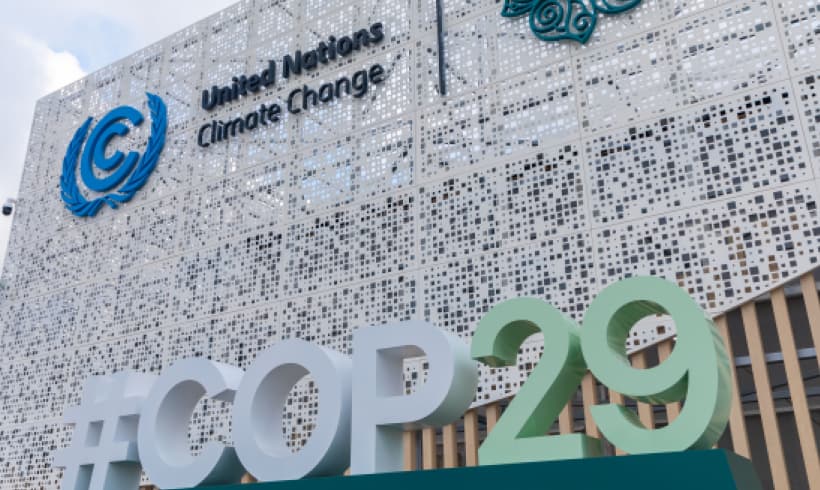 While the COP29 meetings concluded with an agreement on financing amounting to $300 billion per-year for developing countries, concern has been raised over that figure falling far-short of the amount those nations believe is required to respond to the climate impacts they are already facing, as well as boost their readiness for and resilience to climate related exposures.
While the COP29 meetings concluded with an agreement on financing amounting to $300 billion per-year for developing countries, concern has been raised over that figure falling far-short of the amount those nations believe is required to respond to the climate impacts they are already facing, as well as boost their readiness for and resilience to climate related exposures.
The Fund for Loss and Damage has been designed to help the countries that are most vulnerable to the adverse effects of climate change.
At COP29, agreement has been reached on fully operationalising the loss and damage fund, although there is still significant work to do on the finer details of how support and financing will be delivered.
Working with the Board of the loss and damage fund and the World Bank, the COP29 Presidency said it has advanced measure to operationalise the fund, while also appointing former Group Director General of the parametric risk pooling and parametric insurance facility, African Risk Capacity (ARC), Ibrahima Cheikh Diong as the Fund’s Executive Director.
In addition, key documents were signed at COP29, including a “Trustee Agreement” and “Secretariat Hosting Agreement” between the Fund for Loss and Damage’s Board and the World Bank, as well as a “Host Country Agreement” between the Fund’s Board and the host country, which is set to be the Republic of the Philippines.
Financial support and commitments to the loss and damage fund now exceed $730 million, with the largest contributions made during COP29 coming from Australia and Sweden.
As a result, the COP29 Presidency said that the loss and damage fund is now “ready to distribute funds in 2025 by securing contributor agreements and pledges as well as signing the host country agreement with the Philippines and hosting and trustee agreements with the World Bank.”
As well as the commitments made to the Fund, it is still expected that once operationalised there will be work undertaken to identify whether and how private capital financing instruments also have a role, in financing climate related loss and damage for the most vulnerable and developing nations of the world.
As we’ve also explained in the past, the insurance, reinsurance and insurance-linked securities (ILS) markets have a role to play here, albeit further down the line, once agreement has been reached on financing instruments, tools, structures and how to actually disburse loss and damage fund capacity, are made.
We’ve highlighted the potential for there to be an important role for responsive risk transfer, such as risk transfer and insurance delivered through structures that utilise parametric triggers and risk-sharing systems have been a topic of discussion around loss and damage since the start.
With a former ARC executive now leading the Fund, it will be interesting to see how financing structures can be hybridised, to incorporate elements of risk transfer, to finance responses to future climate disasters, as well as the pure financing for mitigation and resilience that is expected to be needed.
Around the set-up and operationalising of the fund for responding to loss and damage, insurance and related risk transfer instruments have been broadly discussed as having a role to play.
The Fund’s Board has explored examples of risk pooling and parametric insurance, while also gaining an understanding of other risk transfer instruments, including catastrophe bonds.
Premium subsidies are seen as one use-case for financing from the loss and damage fund, although there is a lot of work to do around how any instruments that require premiums to be paid to private market actors are integrated within the overall loss and damage financing deployment.
Which leads us onto the second area of progress seen at COP29 that has relevance for the insurance, reinsurance and ILS community, the setting of a strategic direction for the Global Shield against Climate Risks.
The Global Shield against Climate Risks was launched after COP27, alongside the World Bank officially launching its Global Shield Financing Facility.
These two initiatives embed disaster risk financing techniques, in particular responsive risk transfer and anticipatory financing, at the heart of global efforts to build resilience to climate change and climate driven natural disaster events.
In 2023, the Global Shield Solutions Platform (GSSP) was also launched as a multi-donor grant facility and one of the core financing vehicles of the Global Shield, designed to help vulnerable countries effectively address loss and damage exacerbated by climate change.
Now, at COP29, a strategic direction has been set for the Global Shield initiative, with at least 17 countries targeted for its initial implementation and for specific activities to be taken.
Within the scope is parametric insurance and risk transfer, with use of these instruments expected to be scaled up under the Global Shield, while insurance-linked securities (ILS) such as catastrophe bonds still feature in Global Shield related texts.
At COP29, like previous conferences, the insurance and reinsurance industry was well-represented by key players and the efforts to embed insurance at the heart of climate financing discussions continues.
Efficiency, of risk transfer, and its responsiveness, as well as the efficiency of risk capital itself, will be critical for the future of such efforts.
But so too will investment in mitigation and structural innovation, to identify equitable ways to use the funding appropriately and to harness the appetite of private capital in support of climate financing and the broader climate transition.
Also read: Risk-sharing systems must be a pillar of Loss and Damage architecture: Report.



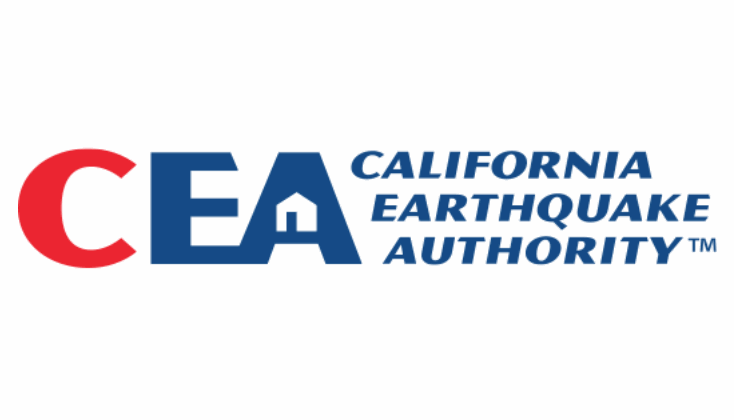



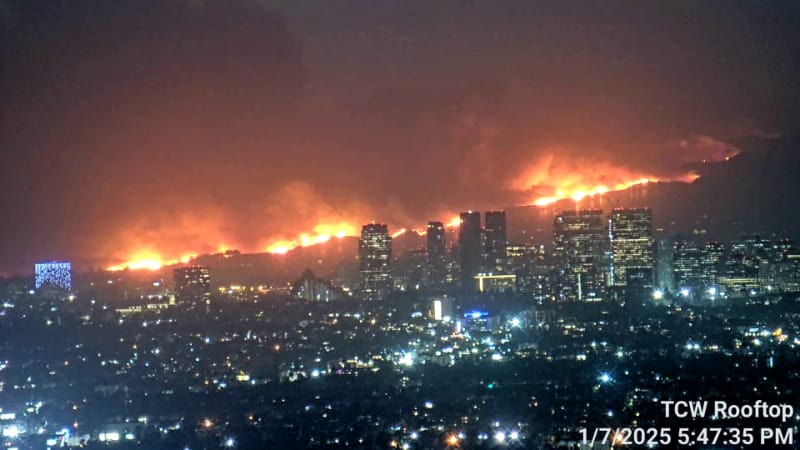


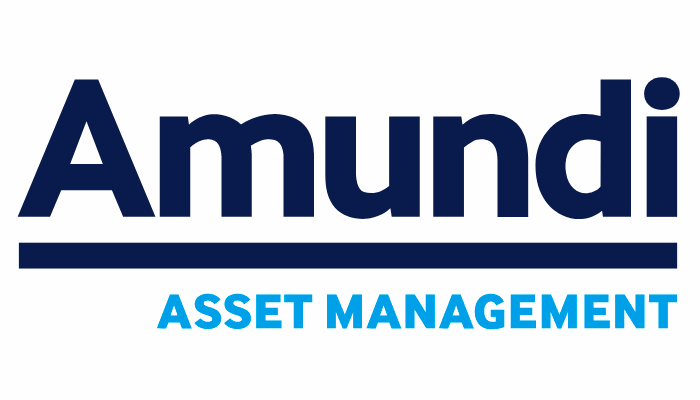

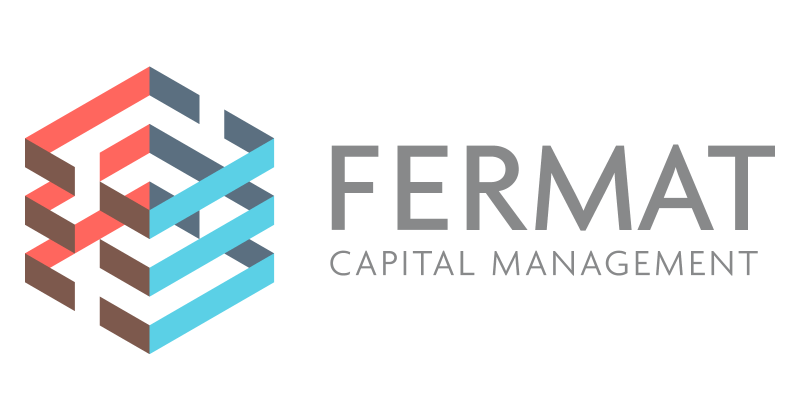








 English (US) ·
English (US) ·